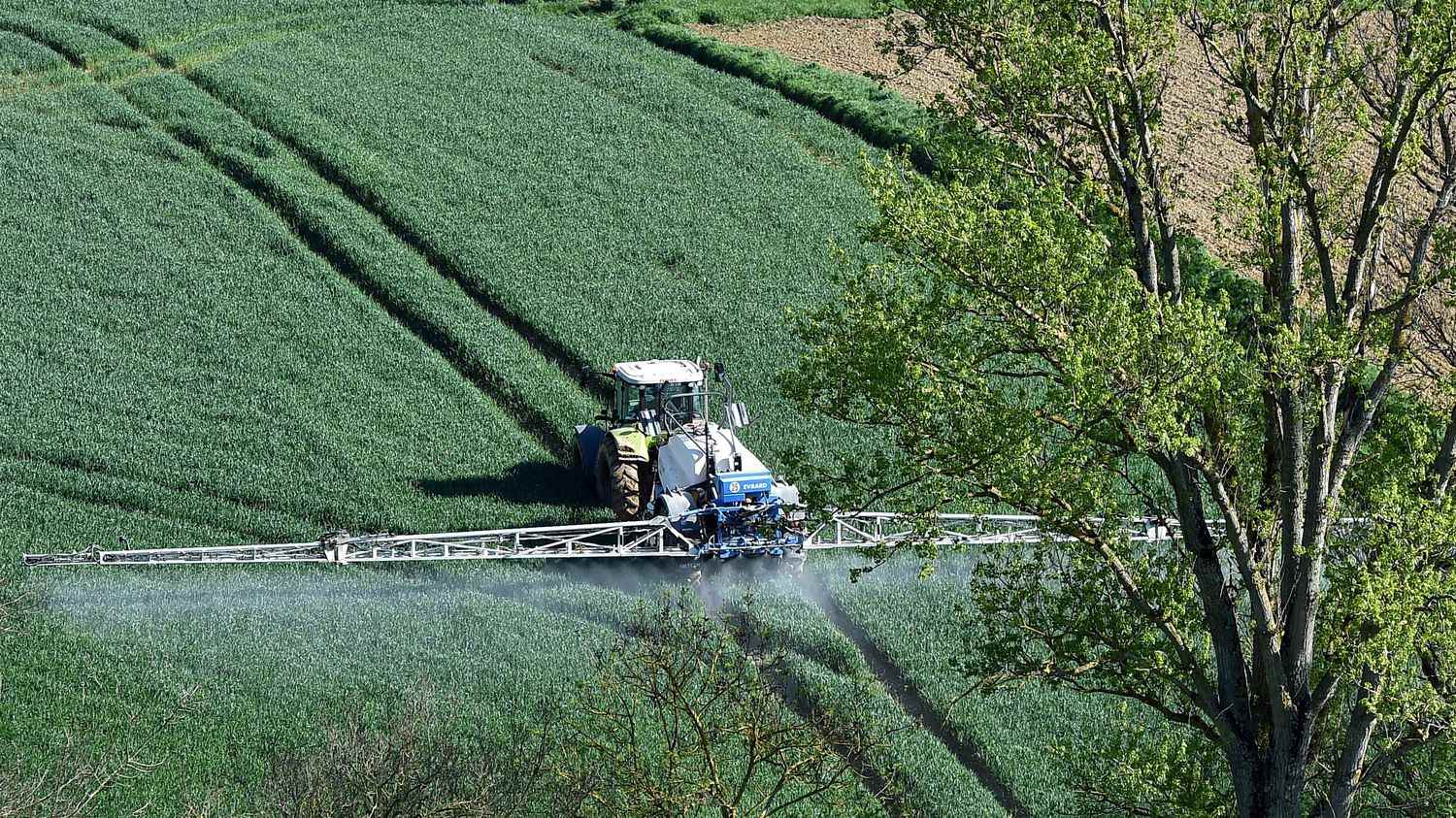This pesticide, authorized for almost 20 years, is used mainly for corn but also for other crops.
Article written by
Posted
Reading time : 1 min.
It’s a fairly rare decision that raises a lot of questions. The National Health Security Agency (Anses) is launching the procedure for withdrawing S-metolachlor, one of the most used pesticides in France, from the market, franceinfo learned on Wednesday February 15 from the Agency. This pesticide is used mainly for the cultivation of corn as well as for sunflower, soy or beet. It has been authorized since 2004, almost 20 years ago.
INFOGRAPHICS >> What we know about pesticide residues in tap water in thousands of municipalities (and uncertainties about their toxicity)
ANSES says it has carried out an expert report on the risk of contamination of groundwater by the herbicide pesticide. The results indicate “concentrations estimated to be above the quality limit set by European legislation”.
After being spread, the molecule of S-metolachlor degrades. It then becomes a metabolite which migrates and becomes persistent in the environment. These metabolites have been researched for about ten years. In 2019, almost a third of samples had identified a pesticide residue in drinking water. With quality thresholds more and more often exceeded.
ANSES hopes to “reduce contamination of the environment by this substance”
ANSES indicates that it initially introduced measures to restrict marketing authorisations, through a “reduction of the maximum doses of use for maize, sunflower, soybean and sorghum.” But she believes that the results in groundwater are not satisfactory.
In view of the latest analyzes carried out, the Agency emphasizes its intention to withdraw S-metolachlor from the market for its agricultural uses by initiating the necessary procedures. ANSES thus hopes “reduce the contamination of the environment by this substance and a gradual restoration of the quality of groundwater”.
